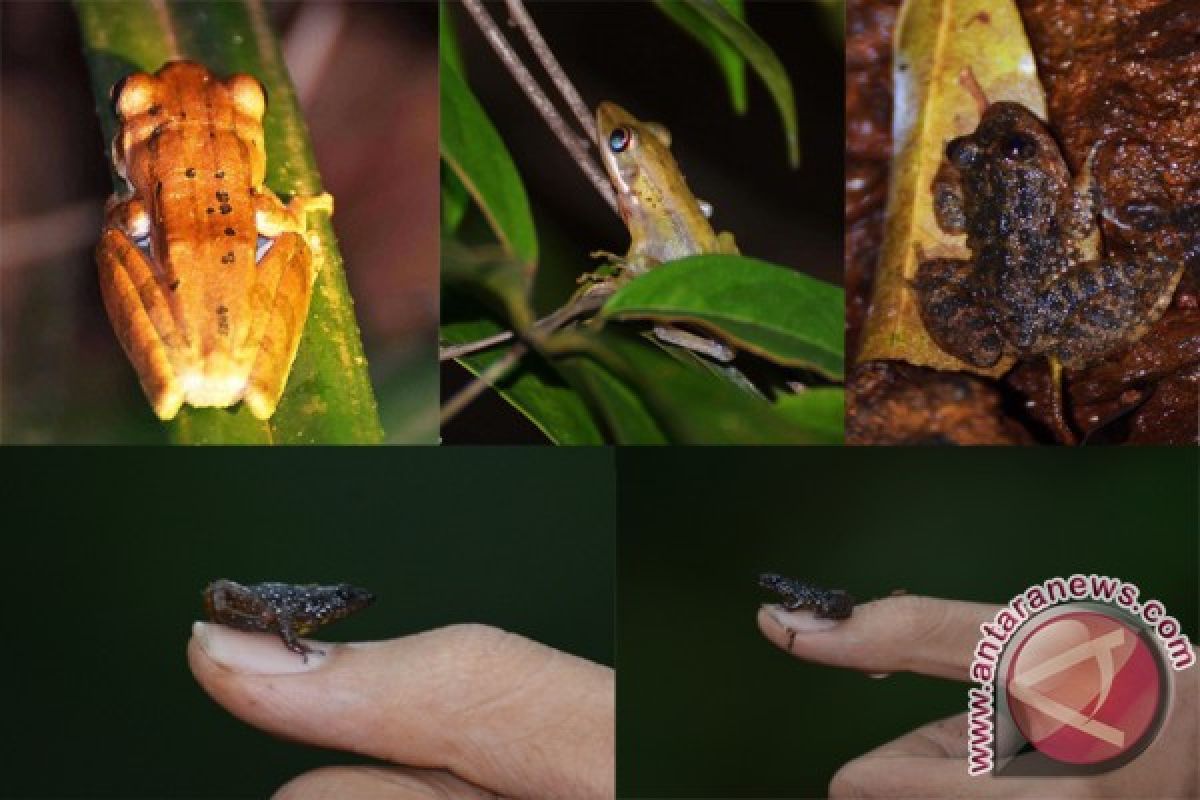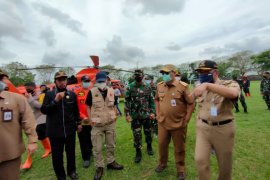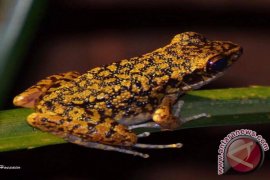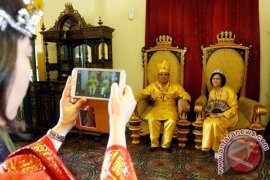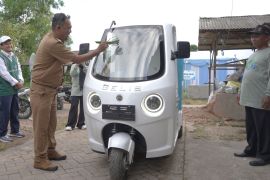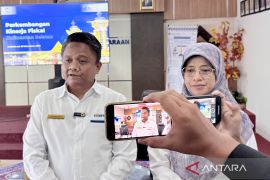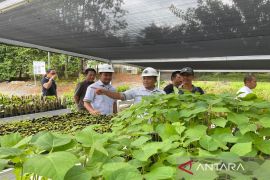Banjarmasin, South Kalimantan - Indonesian Biodiversity Study Center and Conservation (Biodiversity Indonesia) together with UPT technical implementation unit of Sultan Adam Public Forest Park, South Kalimantan Forestry Agency, will build a frog habitat area.
The master mind of frog conservation in South Kalimantan and founder of Biodiversity Indonesia, Ferry F. Hoesain in Banjarmasin on Sunday said the ecosystem consists of various components that are perfectly arranged, and each component has its own role, including frogs.
"It is clear that the role of frogs in an ecosystem is very important. It is also a controlling population of harmful insects. We are trying to invite various stakeholders to build frog conservation areas in South Kalimantan," he said.
He explained that Kalimantan's wilderness is the main habitat for a number of flora and fauna species, including the diversity of herpetofauna, many of which are extremely rare, endemic, and unidentified.
There are about 436 species of amphibians living in Indonesia, and 20 percent are endemic to Indonesia. 178 species of which can be found in Kalimantan, even 73 percent are endemic, and 10 percent are at risk of extinction due to changes and loss of habitat, pollution, disease, and other factors.
There are several types of rare and unique frogs found in the Kalimantan rain forest. Like the rainbow frog which in 2010 was once designated as the Top 10 Most Wanted Lost Frogs by the global IUCN SSC Amphibians and Conservation International Specialists.
This rainbow frog was last seen once in 1924. Until July 2011 when researchers rediscovered a rainbow frog on the island of Borneo.
Similarly, the rediscovery of unique frogs and rare frogs without lungs living in Kalimantan's forests was documented in the Bukit Baka-Bukit Raya National Park, West Kalimantan.
The species named Barbourula kalimantanensis were once declared extinct in 1978.
Not to mention one of the smallest species of frogs such as the Microhyla borneenis which can also be found in Sultan Adam's Forest Park, South Kalimantan, based on research reports from Biodiversity Indonesia led by Ferry F. Hoesain in May 2017.


